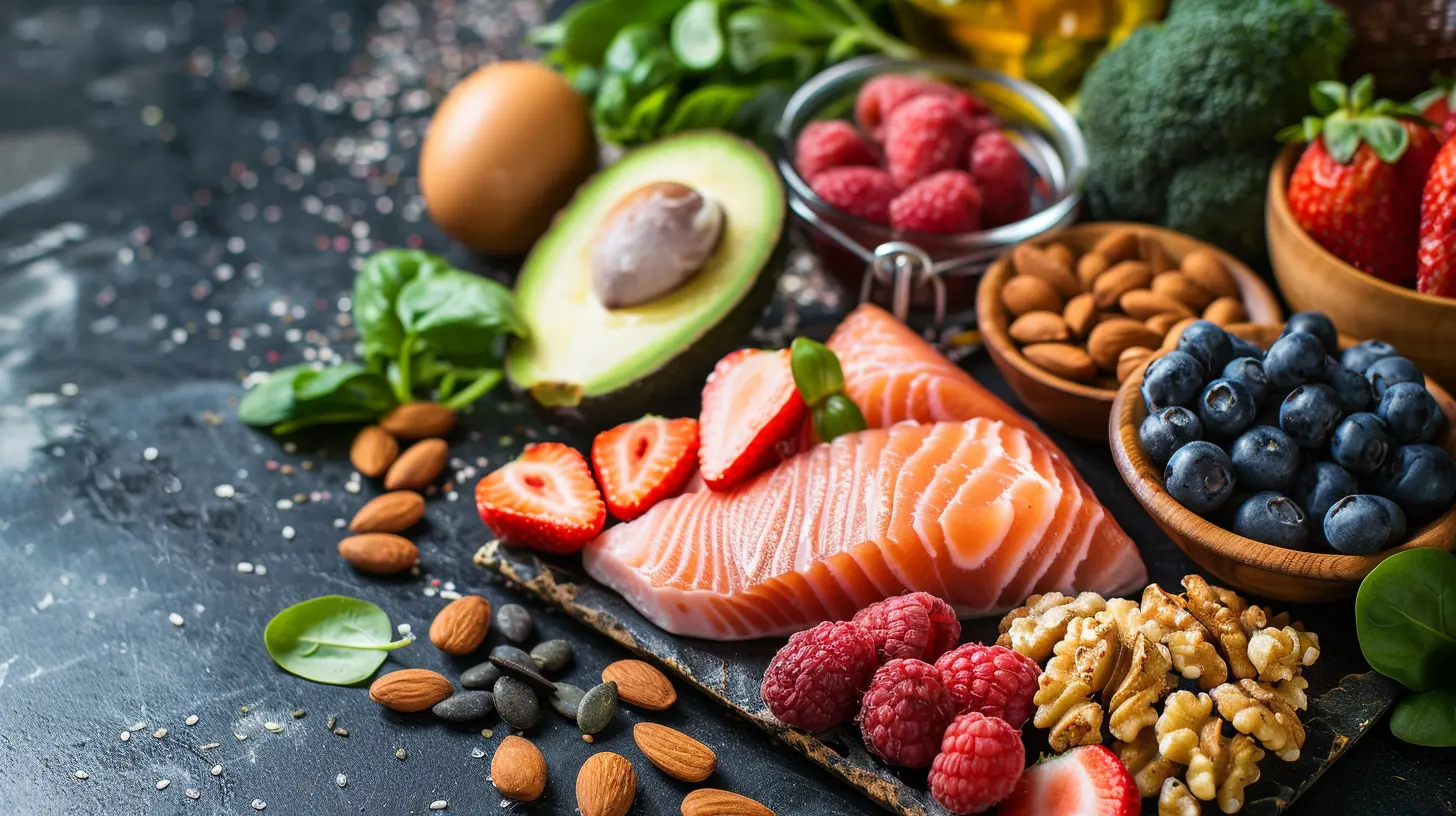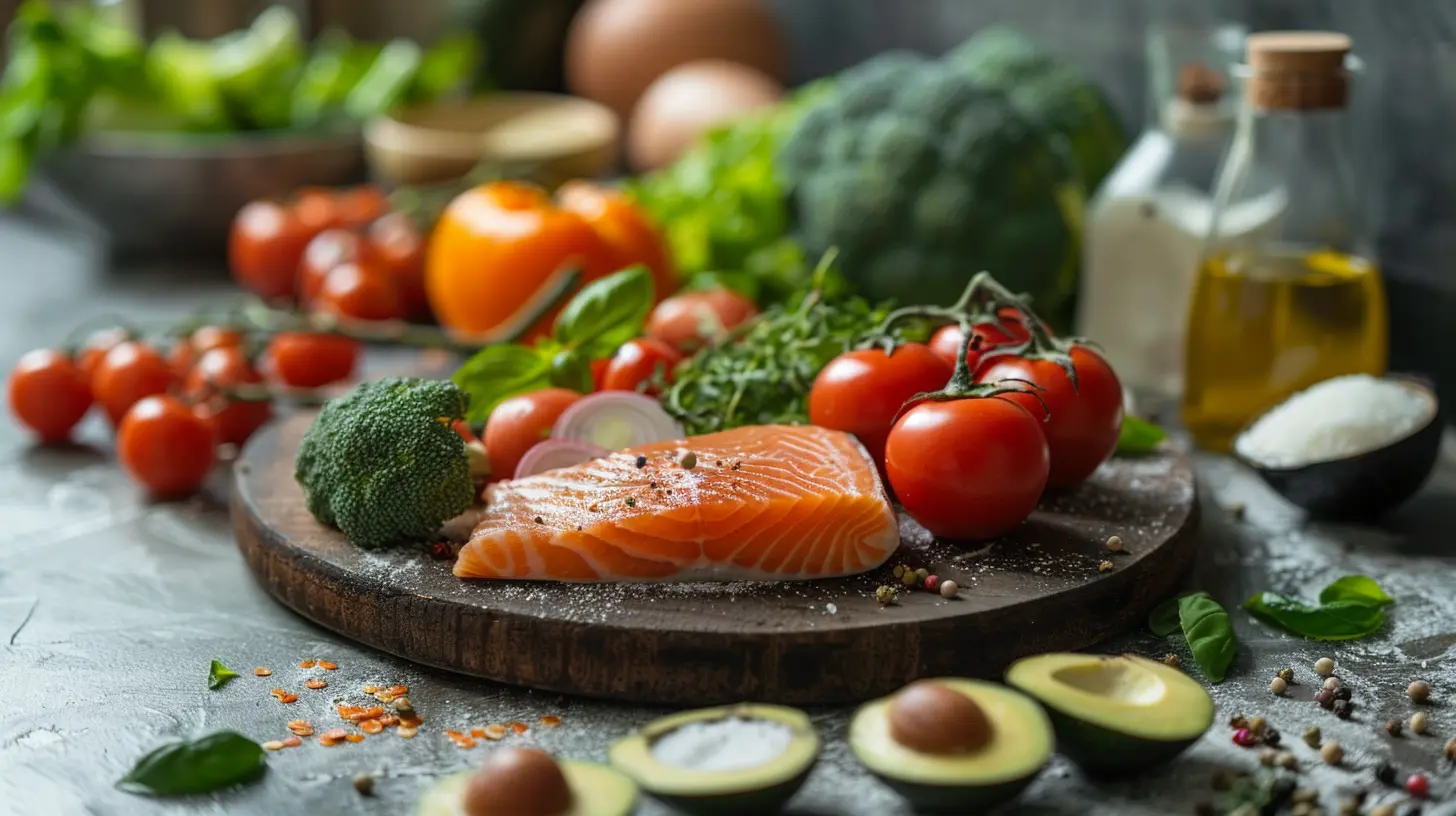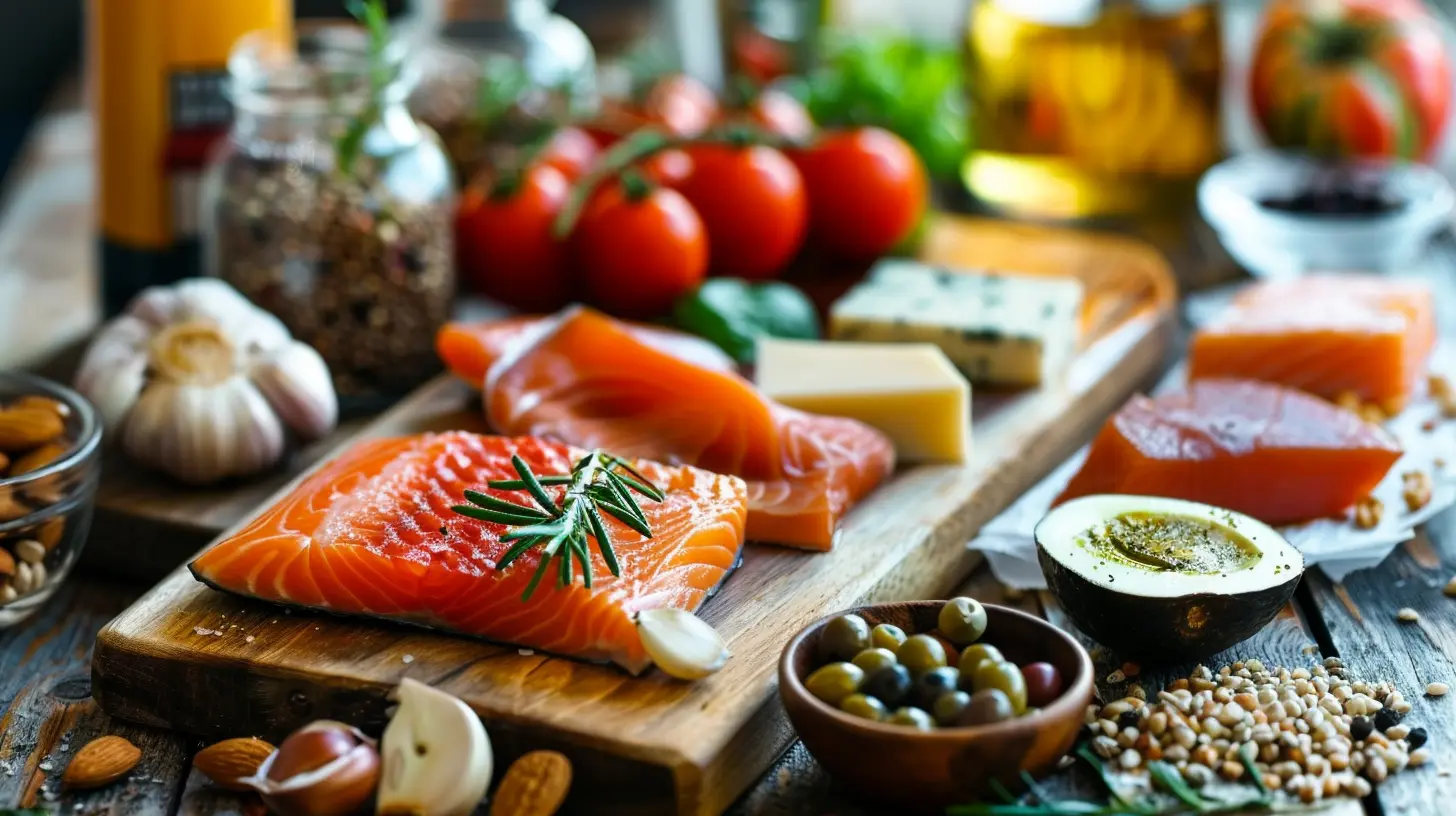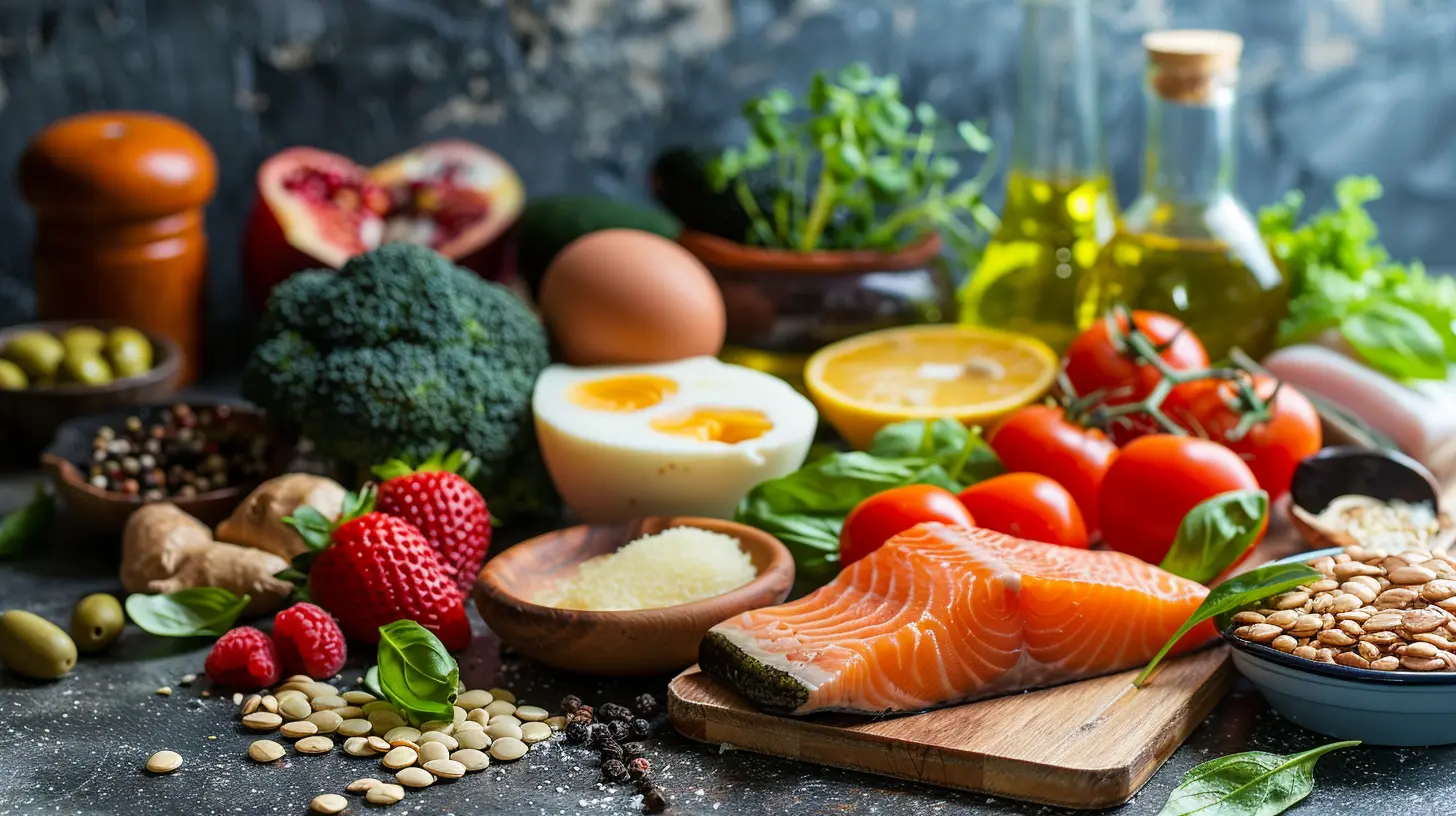What to Do If You Stop Losing Weight on Keto
12 October 2025
So, you've been cruising along on your keto journey, shedding pounds, feeling amazing—then suddenly, the scale won’t budge. Frustrating, right? Hitting a weight loss plateau on keto is more common than you think, but don’t worry, it doesn’t mean you’ve failed. It just means your body has adapted, and it’s time to shake things up!
In this article, we’ll dive into why this happens and what you can do to break through the stall and keep progressing toward your goals.

Why Does Weight Loss Stall on Keto?
First, let’s address the elephant in the room—why does your weight loss slow down or completely stop despite sticking to keto? Here are a few possible reasons:- Your metabolism has adjusted – Your body is smart. If it senses a consistent calorie deficit, it might slow down your metabolism to conserve energy.
- Hidden carbs – Not all keto-friendly foods are truly low-carb, and sneaky carbs can add up fast.
- Overeating on keto foods – Yes, keto is high-fat, but too many calories from fat can still prevent weight loss.
- You're not in ketosis anymore – If you’ve relaxed a bit on tracking or indulged in too many "keto-friendly" treats, you might have unknowingly kicked yourself out of ketosis.
- Your activity level is too low – If you're not moving as much as before, your body’s calorie burn might have slowed.
- Hormonal issues – Sometimes, things like stress, sleep deprivation, or medical conditions can mess with your progress.
Now that you know what might be going on, let’s talk about how to fix it!

What to Do If You Stop Losing Weight on Keto

1. Recalculate Your Macros
As you lose weight, your body's calorie needs change. If you’re eating the same amount of food as when you started, it could be time to adjust your macros. Use a keto calculator to get your new daily calorie, protein, fat, and carb intake based on your current weight.2. Track Everything You Eat
Are you really staying under your carb limit? Are you accidentally snacking too much? Many keto foods are calorie-dense, so if you’re not tracking, you might be eating more than you think.Use apps like MyFitnessPal, Cronometer, or Carb Manager to log your meals and snacks. This will help you catch hidden carbs and excess calories.
3. Cut Back on Keto Treats
Yes, keto desserts, fat bombs, and almond flour goodies make the diet more enjoyable, but they can also stall your weight loss. These treats can be calorie-heavy, and some sugar substitutes may trigger insulin responses, slowing fat burning.Try eliminating keto snacks and processed low-carb foods for a couple of weeks and focus on whole, nutrient-dense foods instead.
4. Increase Your Protein Intake
Many people on keto fear too much protein because of "gluconeogenesis" (the process of converting protein into glucose). However, getting enough protein is essential for muscle preservation and metabolism.If you’ve been prioritizing fat over protein, try shifting your focus. Opt for lean meats, eggs, fish, and dairy to make sure your body is getting enough protein to function properly.
5. Try Intermittent Fasting
Fasting and keto work together like peanut butter and jelly (well, the keto versions at least). Intermittent fasting (IF) can help push you past a weight loss plateau by giving your body time to burn stored fat.Try starting with a 16:8 fasting schedule (fast for 16 hours, eat within an 8-hour window) and adjust as needed. Some people find even better results with an OMAD (One Meal a Day) approach.
6. Reduce Dairy and Nuts
Dairy and nuts can be sneaky culprits in weight loss stalls. While they’re technically keto-friendly, they’re easy to overeat.- Cheese, cream, and yogurt contain lactose, which is a type of sugar.
- Nuts and nut butters are calorie-dense, and it’s way too easy to eat handfuls without realizing how many calories you're consuming.
Try cutting out dairy and nuts for a couple of weeks to see if that helps kickstart weight loss again.
7. Exercise (or Change Your Workout Routine)
If you’re not working out, now is the time to incorporate some movement into your daily routine. And if you already exercise, switching things up can be the game-changer you need.Try this:
- If you mostly do cardio, add strength training to build muscle and boost your metabolism.
- If you lift weights, try adding in some HIIT (High-Intensity Interval Training) for fat-burning benefits.
- Simply walk more! Aim for at least 8,000–10,000 steps a day to keep your metabolism active.
8. Manage Stress and Sleep Better
Stress and lack of sleep can wreak havoc on your hormones, leading to higher cortisol levels, which can make your body hold on to fat.Here’s how to manage stress and sleep better:
- Try meditation, deep breathing, or yoga to lower stress levels.
- Get at least 7-9 hours of quality sleep every night.
- Avoid screens 1-2 hours before bed to improve sleep quality.
9. Try a Carb Refeed (Strategically!)
This might sound crazy, but sometimes increasing carbs temporarily can reset your metabolism. If you’ve been in deep ketosis for months, your body might benefit from a carb refeed day where you eat slightly more carbs (like 50-100g) from clean sources like sweet potatoes, berries, or quinoa.This can boost leptin levels (the hormone that regulates hunger and metabolism) and help you break through a plateau. But be careful—not everyone responds well to carb refeeds, so experiment cautiously.
10. Be Patient and Trust the Process
Finally, remember that weight loss is not always linear. Your body isn’t a machine—it fluctuates based on hormones, water retention, and muscle composition.Instead of fixating on the scale, track your progress using:
- Measurements (waist, hips, thighs)
- Progress photos
- How your clothes fit
- Energy levels and mental clarity
Trust the process, and don’t give up. Your body is adjusting, and as long as you stay consistent, results will follow. 
Final Thoughts
Hitting a weight loss plateau on keto is frustrating but completely normal. The good news? You’re not stuck! By tweaking your macros, tracking your intake, cutting back on processed keto foods, fasting, exercising, and managing stress, you can restart your progress and continue working toward your goals.Be kind to yourself, trust the journey, and remember—your ultimate success comes from consistency, not perfection. Now go crush it!
all images in this post were generated using AI tools
Category:
Keto DietAuthor:

Arthur McKeever
Discussion
rate this article
1 comments
Jamie McNair
Maybe your keto diet just needs a little more cheese and bacon motivation!
October 13, 2025 at 3:48 AM

Arthur McKeever
Thanks for the suggestion! While cheese and bacon can be delicious, it's important to focus on overall balance and nutrient variety for sustained success on keto.


